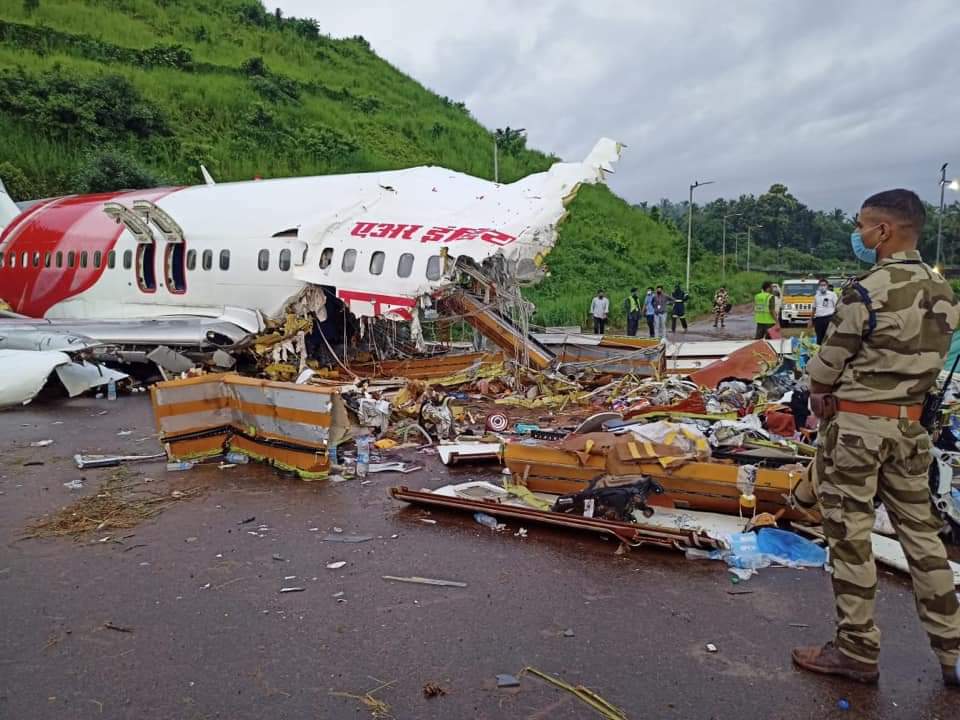Sirsa, Sept 4: The Haryana Police on Monday recovered a huge cache of ultra-modern arms and ammunition from the headquarters of Dera Sacha Sauda in Haryana's Sirsa.
The recovery included licensed arms, 9-mm pistols, several single and double-barrel rifles and a modified carbine.
Dinesh Kumar, Sirsa Sadar SHO, confirmed that these arms were recovered from the Dera premises. He said that soon after Ram Rahim`s conviction, their target was to recover all licensed as well as illegal arms from the Dera chief`s followers.
Dera followers deposited their licensed weapons after district police authorities asked them to surrender their arms and ammunitions. "We had asked Dera followers to deposit their weapons within two days," said Kumar.
"All followers inside the Dera posess such weapons. There are almost 67 weapons with the people living in Dera, out of which, the police have recovered 33. The police have given strict orders that an action would be taken against those found possessing such weapons," he said.
Sirsa town is home to the sprawling Dera headquarters where the sect's followers had gathered in large numbers ahead of Ram Rahim's conviction.
Earlier yesterday, a Dera Sacha Sauda follower allegedly committed suicide by hanging himself at Haryana's Ambala Jail.
Ravindra, a resident of Uttar Pradesh's Sarsawa, was arrested in Panchkula on August 25 when Dera Sacha Sauda chief Gurmeet Ram Rahim Singh was convicted in a rape case.
The Dera Chief was convicted by a CBI court in Panchkula on August 25 following which massive violence had erupted in Haryana and neighboring states.
At least 38 people were killed and around 250 injured in the violence. The Haryana Police had also arrested many Dera followers for creating a ruckus post Ram Rahim's conviction.
Earlier on August 28, a CBI court awarded a 20-year jail term to the Dera Sacha Sauda chief in connection with two rape cases. The term in both cases is concurrent, forming an effective term of 10 years.






Comments
Those who acuse that terrorism is taught in Madrasas and hatching agenda to close these Islamic teaching schools
What you call this act ?
Add new comment